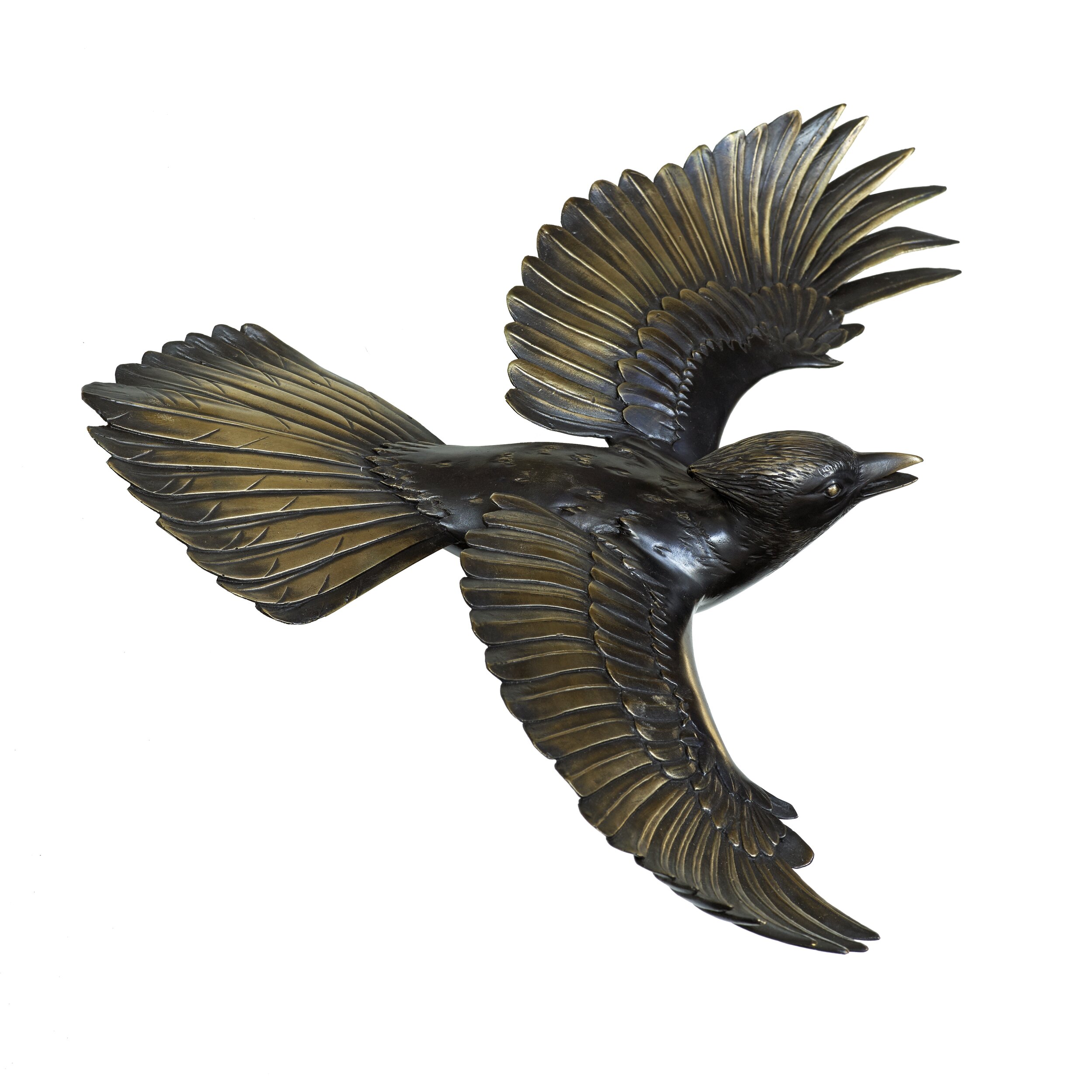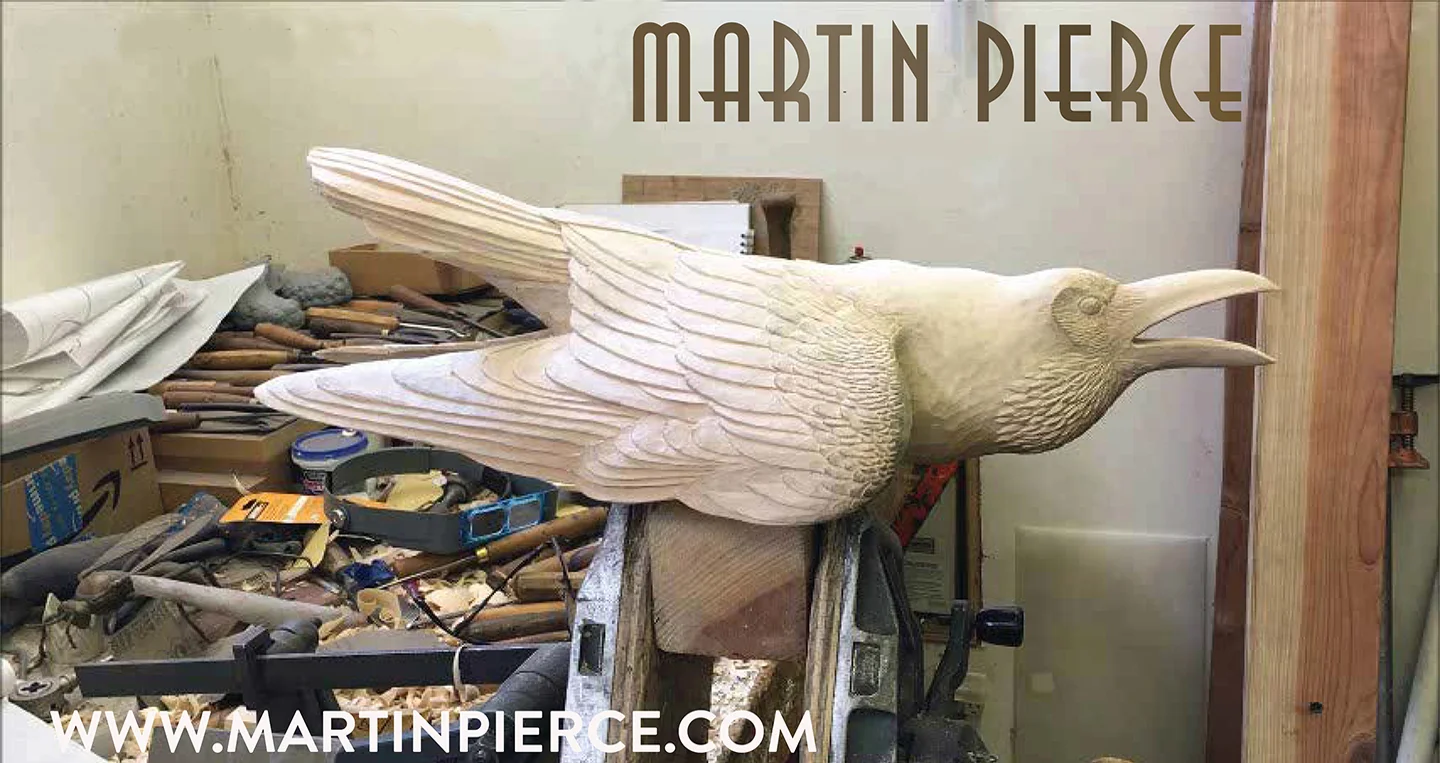We recently escaped the urban scene of Los Angeles and took a brief camping trip into the rolling hills of Paso Robles. As many know, this area is a frequent haunt for Martin Pierce and was the inspiration for his collection of wine cellar door handles and vine cabinet pulls.
For this visit we decided to camp and pitched our tent in the undeveloped acreage of absentee friends who wisely were escaping the heat. The experience was challenging with temperatures ranging from 101 degrees during the day to an almost bearable 80° at night. When the heat proved too much we drove to Cambria where the marine fog engulfed the coastline creating a chilly 70° temperature. The fog plays a critical role in the surrounding foliage bringing moisture to the trees and grasses of Paso Robles 30 miles in land.
Lichen on the local live oak trees plays a key role in this ecosystem providing food, shelter and nesting materials to deer, mice, squirrels and other mammals. Lichens are not, as I mistakenly thought, a type of plant but rather a remarkable organism made of algae and fungus that obtain all their nutrients from the air rather than soil. The fungal aspect of this organism provides a structure for the algae and the algae provides food for the fungus. Like plants, lichens use the sun through a process of photosynthesis to convert the food to energy in return giving back valuable oxygen. Lichen also removes pollutants in the air by trapping larger particles and absorbing smaller particles of nitrogen and sulfur.
Our mornings often began with the sounds of Nuttall woodpeckers tapping tree trunks to find grubs as well as suitable larders for acorns harvested from the live oaks. A more generic woodpecker was the model for our woodpecker door knocker that also functions as a door pull.
The bark of the live oaks has a beautiful texture and their inspiration is clear to see in the backplates and escutcheons of the lizard collection of door handles.



































